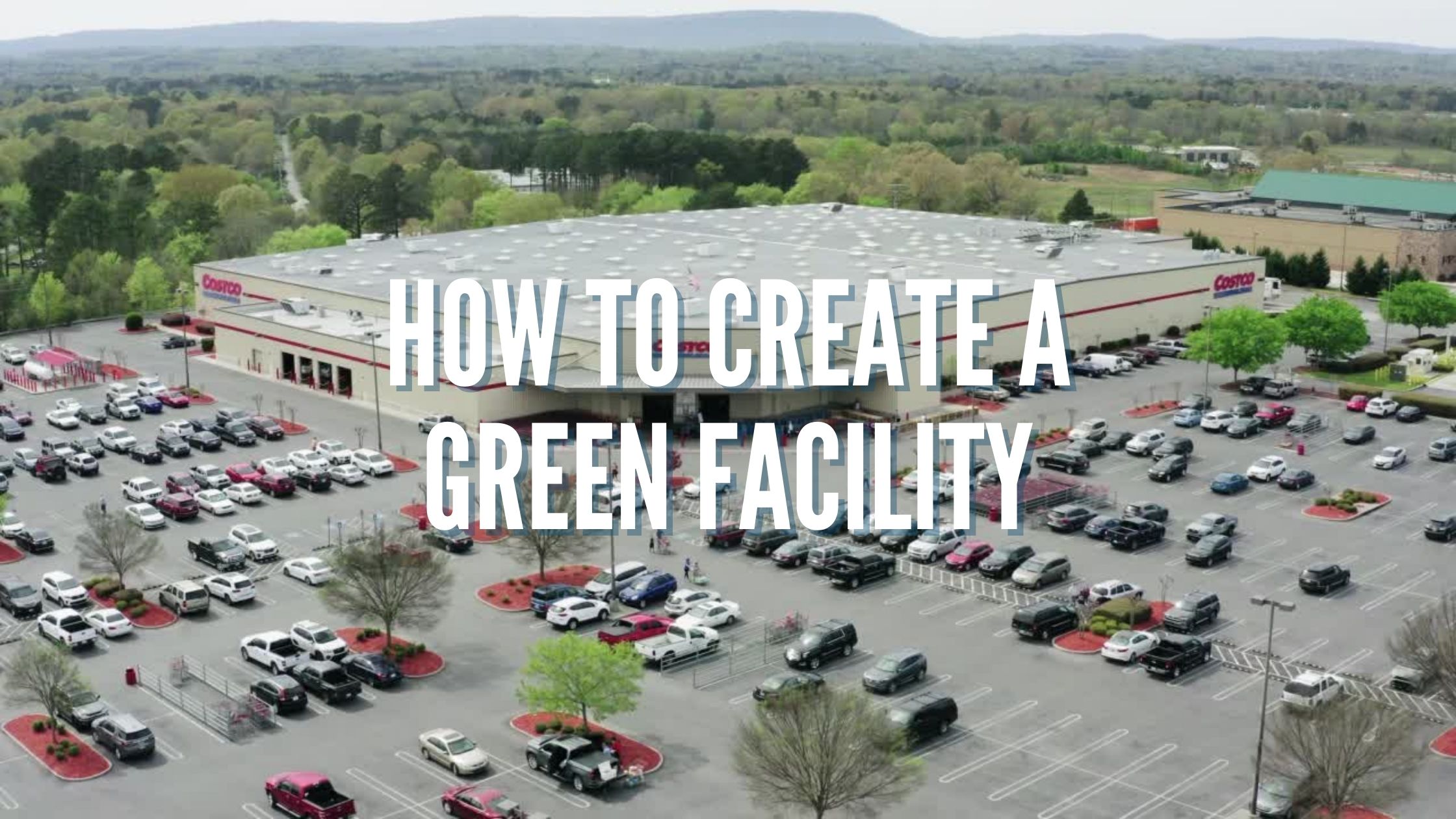


The movement to become more efficient and environmentally-conscious is in full force, and buildings of all types are receiving “green” makeovers left and right. Whether you have a large or small facility or are in the building or remodeling stage, it’s well worth the effort to make your building as efficient as possible. This article will give you ten ideas on how to do just that.
On the subject of lighting, there is no better (nor greener) way to light up your facility than by using what Mother Nature gives us freely – good old natural sunlight. If you haven’t built your facility yet (or are just getting started), design it so that it takes in sunlight when you need it and blocks it out when you don’t. Skylights can bring in light and warm up a room without electricity, and installing southern-facing windows is a great way to make the most of the sunlight you get both in the summer and winter months.
When we think of leaks, we usually picture a perpetually dripping pipe or faucet, but one of the biggest wastes of energy is that of leaky windows. If your building is relatively new, you probably don’t have to worry about leaks just yet. However, if your facility has been around for a while, odds are that the air you don’t want inside is being welcomed in and the air that you do want is leaving the building. Using caulking to seal off these leaks can be one of the most effective ways to eliminate this problem and keep the inside of your building from feeling like the outside.
Many buildings, particularly older buildings, have woefully inadequate insulation, and that’s assuming that they have any insulation at all. Adding or upgrading your insulation situation will save on heating during the winter and cooling during the summer, which can add up to significant amounts over the years. To be truly green when installing insulation, use material made of shredded denim, sheep wool, or other recycled products.
Flooring isn’t something that’s often thought of when it comes to going green, but that doesn’t mean that your choice of flooring shouldn’t matter. Other than keeping the flooring you have, the greenest route to go when replacing your current floors is using sustainable material. Not only are green flooring alternatives easier on the environment, they can also help reduce allergens, keeping you and everyone else in your building as healthy and productive as possible.
High-quality, sustainable materials such as flooring, wall coverings, and coatings are an important step in making any facility green. Using products that are third-party certified is the best way to ensure that you’re getting materials that have positive environmental characteristics.
Another way to use environmentally responsible materials is by making more of the materials you’re already using. One way of doing this is by installing an energy-efficient heat exchanger in your facility’s heating system so, when you do use artificial heating, you don’t have to use as much.
What better way to create a green facility than by making more of the space you have or, better yet, using less total space? Technology and ever-evolving workplaces mean that we are able to do the same jobs we’ve done in the past in a smaller area. Once thought to be the ultimate place of production, individual offices are now less productive than community spaces where people congregate and share ideas. Taking advantage of these spaces is a great way to maximize production while minimizing the total number of spaces, energy costs, and other resource consumption.
Sometimes it’s the small things that make the biggest difference, and that holds true when it comes to your organization’s operation and maintenance policies. Using a tool like the LEED for the existing buildings rating system is a simple way to address operations and maintenance protocols that improve the environment in your building and reduce energy and water consumption.
People, as a whole, want to cooperate and work toward a common goal. Encourage people to join in your efforts to become a greener facility by offering them something in return. For example, offer incentives for ridesharing and using public transportation, eliminating junk mail, and recycling or donating used or unwanted items. On an organizational level, make it a policy to work with vendors that use less or better packaging and use as many reusable, washable, or biodegradable products as possible.
In conclusion, anything we can do to better the world around us is great, but doing things alone pales in comparison to doing them together. Creating a green facility can have this kind of widespread effect on a company. The benefits of a green building are endless, from attracting and retaining employees and occupants to providing your building a sustainable existence, and, in the process, making your facility an example of what it means to make the world around you a better place to live.
About the Author: Ron Burg has a degree in mechanical engineering which has helped him acquire an extensive background in general contracting and mechanical contracting. He enjoys helping consulting customers and really getting to know them and their needs so he can help serve them better. He is factory certified as an authorized service provider for Alfa Laval, including designing, repairing and re-rating plate and frame Heat Exchangers. To learn more, check out Mahan's Thermal Products
